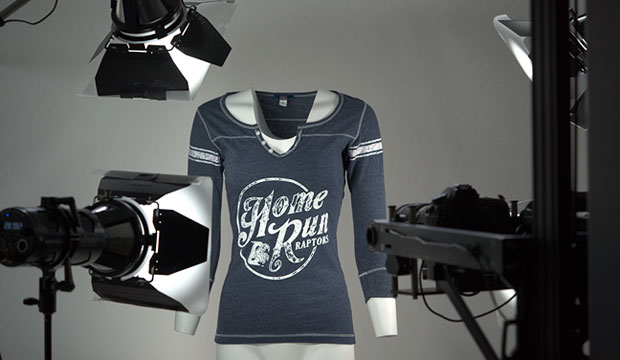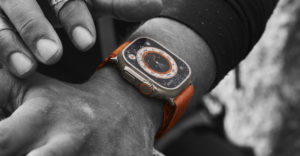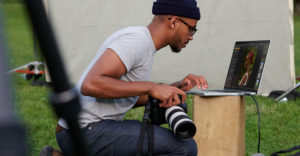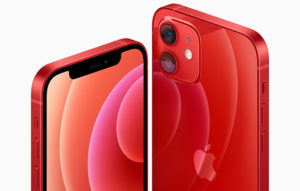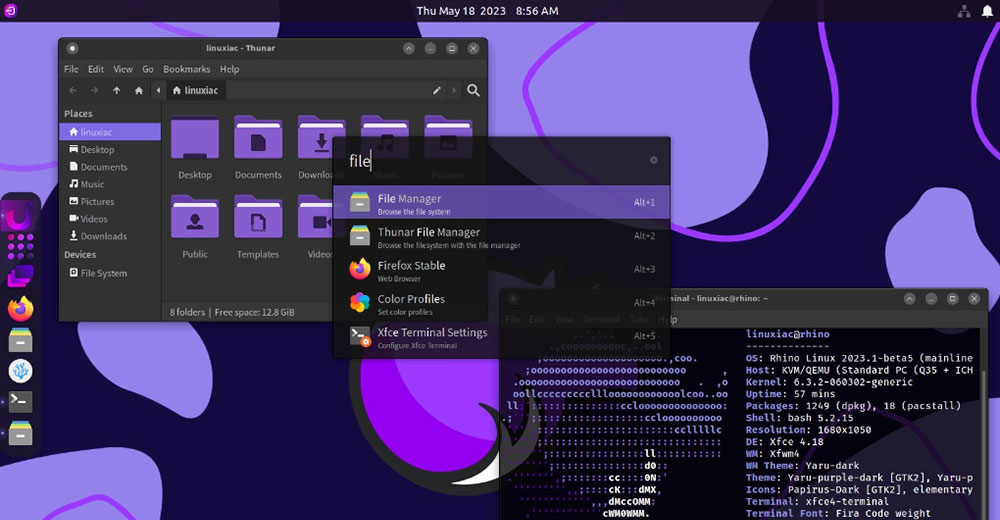Square on Monday unveiled Square Photo Studio, which leverages state-of-the-art robotics to offer etailers professional-grade product photography.
For US$10, clients can get three high-resolution, multi-angle digital photos of a product. A spinning, interactive animation of the product — which site visitors can click and drag or zoom — will cost $30.
Clients can highlight aspects of their products they want the photographs to show.
Orders for photographs of 30 or more products are eligible for discounts.
Photo Studio clients will get information within 14 days on how to access their product photos.
The Photo Studio currently is available only in the United States, both to sellers who use the platforms of Square or its recent acquisition, Weebly, and to those who don’t.
The Importance of Photos
Seventy-five percent of online shoppers aged 16-55 rated photos as very influential when deciding whether to buy a product online, Weebly found in a 2018 survey.
“Display is key, as we are competing for a buyer’s time and attention,” said Ray Wang, principal analyst at Constellation Research.
Products accepted by the studio for photography cannot measure more than 84 inches in combined length and girth, or weigh more than 20 pounds.
All photos are delivered with crisp white backgrounds, and all clothing is shot on ghost mannequins.
Photos are retouched to optimize online selling.
The photos can be used to sell product on websites, online stores, Pinterest, marketplaces, Instagram, or through email.
All photos become the studio’s intellectual property. Customers get a perpetual, irrevocable, worldwide copyright license to use and modify the images so long as they do not violate Square’s Terms of Service or the Photo Studio’s terms.
Square retains the right to use the images in its marketing materials and communications.
Shooting 360-Degree Interactive Photos
Square’s robotic camera shoots 72 images of each product received while making a 360-degree spin around it.
The images are converted into a .spin file. Clients get a link to a hosted .spin file with the 360-degree photo, a single high-res static image of their product, and embed code for a hosted .spin file.

Square Online Store sellers can copy and paste the link directly into their product page, or other types of pages on their site.
Clients who want to post the 360-degree photo into other types of online channels have to follow the site providers’ instructions.
Shipping Product for Pix
Clients are responsible for shipping products to the studio. Square uses Priority Mail to ship products back but accepts no responsibility for loss or damage.
Shipping is the weak link in Square’s offering, because “it introduces too much time and risk into the process,” noted Rob Enderle, principal analyst at the Enderle Group.
“It’s likely a step in the process to develop something that doesn’t require shipping and provide the same result,” he told the E-Commerce Times.
Photo Studio’s Downside
- Square and its subsidiaries, affiliates, and successors get a worldwide, nonexclusive, royalty-free, fully paid, transferable, irrevocable, perpetual and sub-licensable right to pretty much do what they want with the photos;
- Even though Square account holders modify or remove their content or terminate their account, their content may persist in historical, archived or cached copies and versions thereof available on or through Square’s Services. It’s not clear whether Photo Studio clients who are not Square users are similarly affected;
- Square has the absolute discretion to remove content at any time and for any reason without notice;
- Square does not accept responsibility for any damage, loss or injury resulting from hacking or other unauthorized access or use of the services on a client’s Square account or the information contained therein;
- Square does not guarantee that the photos it takes “will be flawless or a perfect, accurate representation” of the product photographed; and
- Square may modify the photos as it feels appropriate, because the content “is our artistic interpretation of the product we photograph for you,” even though it says clients have complete control over how their product is shot and can indicate aspects of their product they want to highlight.
“There’s a lot of automation required to do this at scale,” Constellation’s Wang said. “I’m not sure how they would handle the jump from 10 requests a day to 100 and then 1,000, for instance.”
Square Photo Studio’s model right now is still very manual, he noted. Amazon could offer a similar service to its suppliers and jump in at scale,”but it may not be ready to do it. If it did, it would try to do so in as fully automated a fashion as possible.”
Limping Along Behind the Trend
The trend in e-commerce currently is to post videos and move toward augmented and virtual reality.
As many as 100 million consumers will shop in AR online and in-store by next year, according to Gartner, and 46 percent of retailers plan to deploy either AR or VR solutions by then.
Meanwhile, large retail brands and tech giants, including Microsoft, Nvidia, Samsung, Target, Lowe’s, Shopify, Facebook, Google and Ikea, have been working to establish standards and guidelines for the next step — 3D commerce.
SMBs on Shopify already can use AR, which leverages AR Quick Look in iOS 12.
Shopify also offers the 3D Warehouse App, which lets SMBs upload 3D models and link them to products at their stores.
Square’s Photo Studio could be its first move toward offering more sophisticated technology.
“I think they can get into VR and AR from there,” Wang said. “I just wonder why they didn’t begin with that.”

